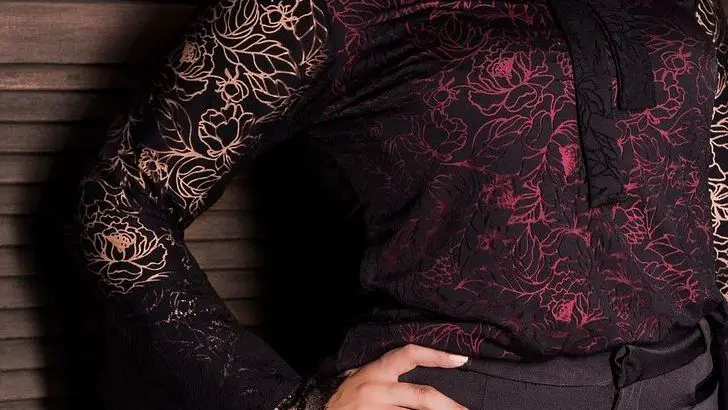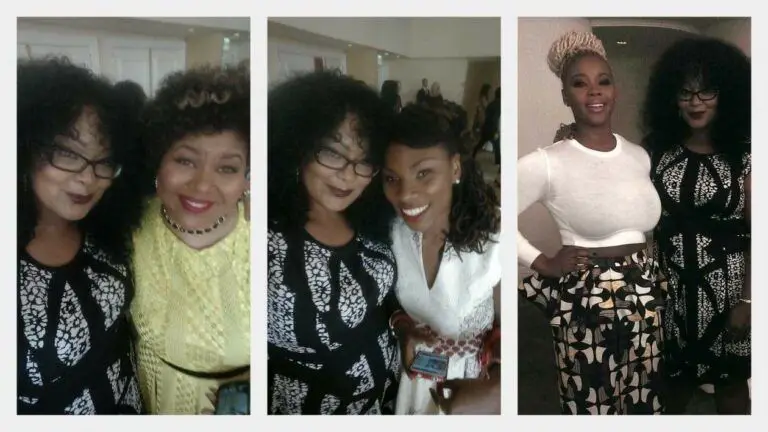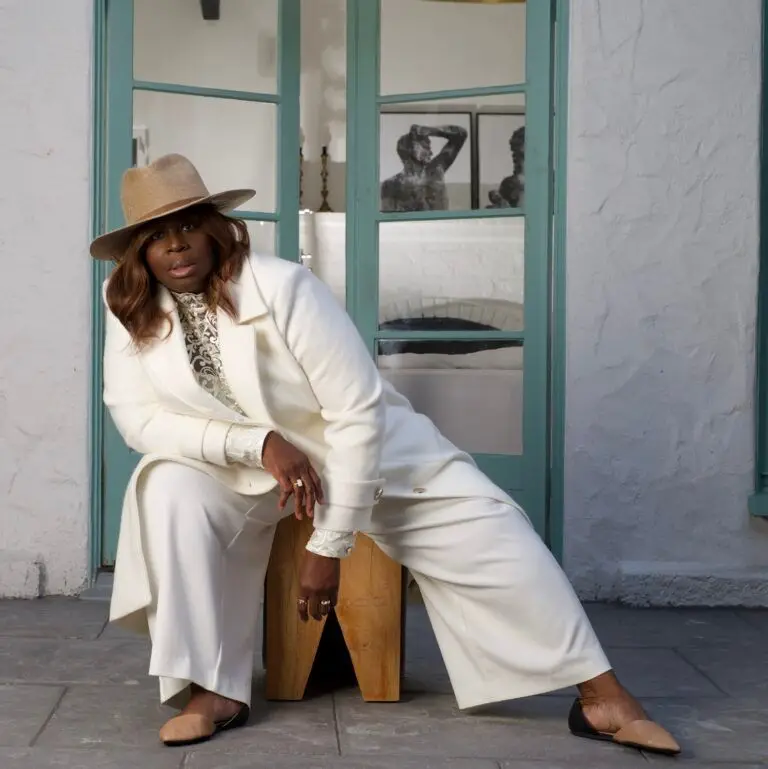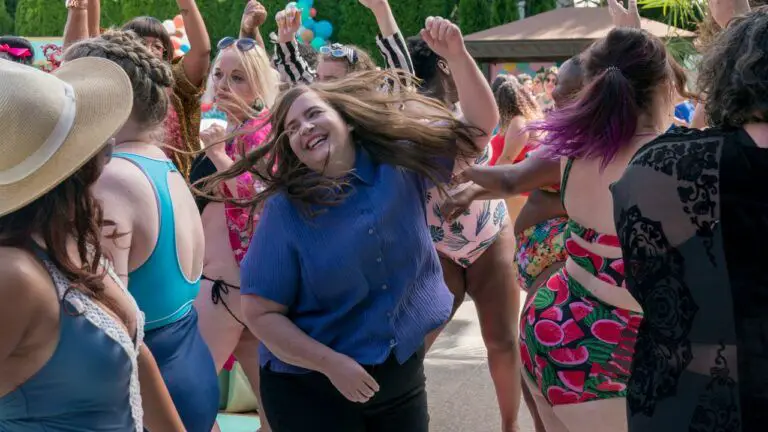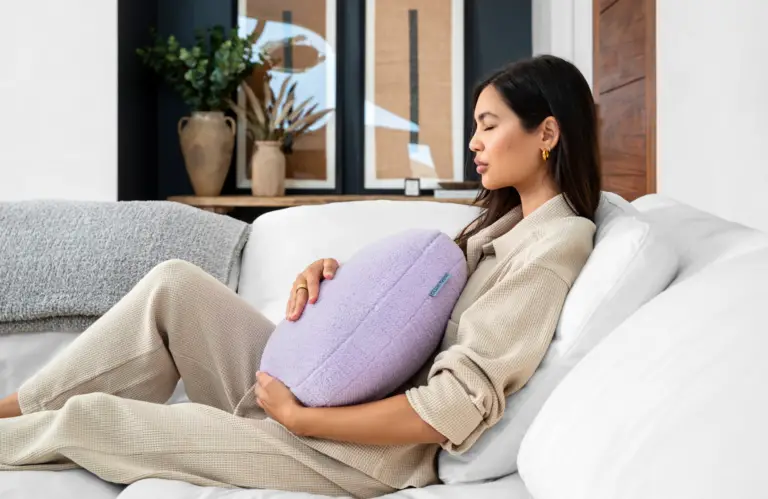Plus-Size Women Still Fight For Visibility In Beauty Ads
The beauty industry generates approximately $580-590 billion globally, yet when you flip through magazines or scroll through Instagram, you’ll notice something troubling. Plus-size women remain largely invisible in the very campaigns meant to sell products they buy just as enthusiastically as anyone else. Despite all the talk about body positivity and inclusion, the reality is starkly different from what brands claim to champion.
The Startling Numbers Tell the Real Story

Let me share some numbers that might shock you. Of the 8,800 looks presented at 230 shows and presentations, only 0.8% were plus-size (US 14+), while 95% were straight-sized (US 0-4). That’s not a typo – less than one percent. Now consider this: approximately 67% of American women wear a size 14 or above. The math just doesn’t add up, does it?
Plus-size models appeared in only 18% of all global beauty campaigns in 2025, despite representing the majority of potential customers. This disconnect between market reality and marketing representation reveals something deeply problematic about how the industry views its own customers.
Fashion Week’s Empty Promises

Remember all those promises about inclusivity after 2020? Well, the runway reality check is sobering. At London Fashion Week, plus-size model counts fell from 80 in September 2024 to just 26 in February 2025, with New York, Milan and Paris all seeing similar dips. The progress we celebrated seems to have stalled – or worse, gone backward.
During the spring/summer 2020 season, 86 plus-size models walked runways across all four major cities, accounting for 2.8% of all models; by spring/summer 2025, that had plummeted significantly. It’s starting to look like the brief moment of inclusion was just a trend, not a lasting change.
The Economic Argument That’s Being Ignored

The global plus size clothing market was estimated at USD 119.4 billion in 2024 and is expected to grow from USD 125 billion in 2026 to USD 202.4 billion in 2034. That’s not niche market territory – that’s mainstream money talking. Yet somehow, brands continue to ignore this massive consumer base in their advertising strategies.
The U.S. plus-size women’s clothing market was valued at USD 58,871.49 Million in 2023 and is expected to reach USD 101,938.14 Million by 2032. When there’s this much money on the table, the lack of representation becomes even more puzzling. Why would companies deliberately alienate their biggest customer segment?
When Brands Do Get It Right

Here’s what happens when brands actually embrace inclusive advertising: Over 71% of consumers said they trust brands more when they feature plus-size models. Trust translates directly to sales, making this a no-brainer business decision. TikTok and Instagram engagement rates were 48% higher for plus-size creators versus traditional models.
Research consistently shows that inclusive advertisements depicting models with diverse body sizes had a positive main effect on brand attitude and an indirect effect on brand attitude and purchase intention, with brand warmth mediating the positive effect. The data is clear – inclusion works.
The Psychology Behind the Exclusion

Traditional advertising, which often features idealized and stereotypical portrayals of femininity, continues to be associated with negative psychological outcomes such as increased body dissatisfaction and self-objectification. This isn’t just about representation – it’s about mental health consequences for millions of women.
One in 2 girls say toxic beauty advice on social media causes low self-esteem, and more than 7 in 10 girls agree spending less time on social media would be better for their self-esteem. The current approach to beauty advertising is literally damaging young women’s mental health.
Social Media’s Double-Edged Sword

Research has shown that social media’s influence on conveying body ideals is greater today than that of broadcast media. This makes the lack of plus-size representation even more impactful. When young women scroll through their feeds, they’re absorbing messages about who deserves to be seen and celebrated.
The digital age, characterized by the omnipresence of social media, amplifies these issues, providing a platform for constant exposure to idealized body images and facilitating comparisons that exacerbate body dissatisfaction and psychological distress. Beauty brands have the power to change this narrative – they’re just choosing not to.
The Workforce Impact Nobody Talks About

Plus-size millennial and Gen Z shoppers, already earning less than older generations, are further impacted by persistent discrimination based on body size in the workforce. The lack of representation in beauty ads reinforces workplace discrimination by perpetuating the idea that only certain body types are professional or acceptable.
A good appearance benefits in the workplace and beyond, whereas not living up to standards of attractiveness is linked to severe social and economic penalties, with good looks becoming a more crucial requirement for work. Beauty advertising plays a direct role in defining these “standards.”
The Cultural Shift That’s Actually Happening

Brands using plus-size models in ad campaigns rose to 41% in 2025, with major fashion retailers like ASOS, Savage X Fenty, and Good American leading this push. Some companies are getting the message, but it’s happening slowly and unevenly across the industry.
The dominance of women’s plus-size clothing is largely attributed to robust and increasingly vocal body positivity and inclusivity movements, with women actively seeking fashionable, well-fitting, and diverse clothing that celebrates their bodies. Consumer demand is driving change from the bottom up.
The Luxury Problem

Luxury brands continue to create campaigns that speak to only a fraction of their potential female customers, representing one of the biggest missed opportunities in modern luxury retail, where brands that recognize this gap could capture significant market share. High-end beauty and fashion brands are particularly resistant to inclusive advertising.
Of the 8,763 looks presented across 208 shows and presentations, 0.8 per cent were plus-size (US 14+), with less than one percent of runway looks featuring plus-size models in 2024. Luxury fashion sets the tone for beauty standards, and that tone is exclusionary.
What Research Really Shows About Body Positivity

Self-esteem and mood improve after viewing body-positive campaigns like AerieReal or Dove Real Beauty, while certain advertising campaigns have attempted to promote body acceptance relative to campaigns perpetuating the thin ideal. The positive effects of inclusive advertising are measurable and significant.
Experimental and longitudinal studies indicate that viewing body positive social media content is beneficial for women’s body image, such as body satisfaction and body appreciation, though viewing body-positive content may be somewhat beneficial to body image. The research supports what common sense suggests.
The International Perspective

Media pressure, particularly unrealistic beauty ideals, may create body image concerns in China as well as Western cultural settings, with the global popularity of social media exacerbating women’s body image problems, while body positivity became popular in Chinese social media in 2020. This isn’t just an American problem – it’s global.
According to Harper’s Bazaar, 2025 saw a 35% increase in inclusive product lines across Indian beauty brands. Some regions are making faster progress than others, suggesting that cultural attitudes and market pressures vary significantly.

